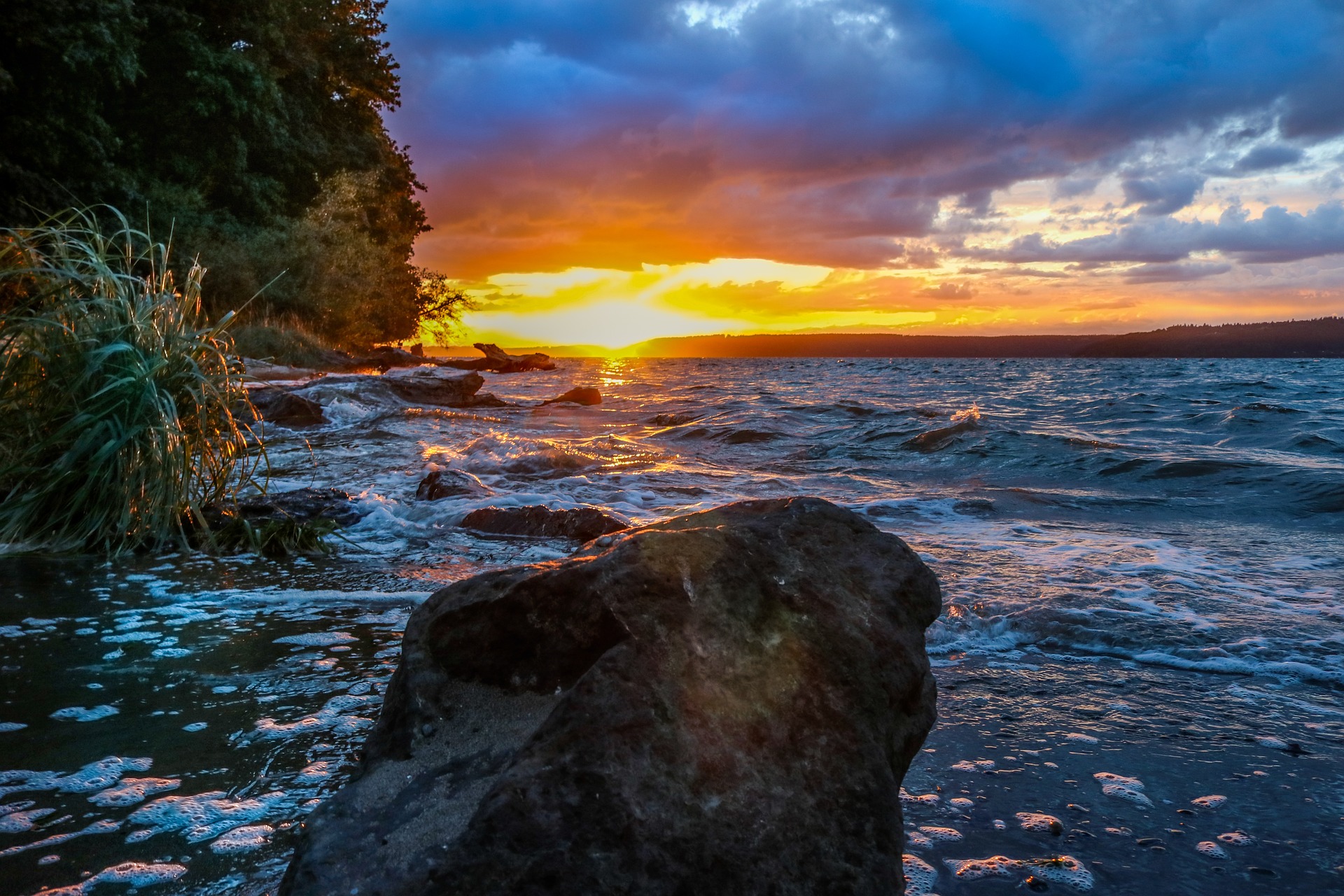The environmental impacts of the 2011 nuclear disaster in Japan are still being observed across a large portion of the Pacific Ocean, four years after a powerful magnitude 9.0 earthquake and tsunami caused a partial meltdown of the Fukushima Daiichi Nuclear Power Plant.
Since the Fukushima meltdown occurred, researchers have been monitoring the spread of radiation across the Pacific Ocean. Scientists report that while the radiation levels are still considered to be at “safe” levels, water samples collected along the West Coast of the U.S. and Canada indicate heightened levels of cesium-134 contamination.
According to EurekAlert!, the highest detected level of radiation to date was recently measured from a water sample 1,600 miles west of San Francisco. The level of radioactive cesium in the sample was 50 percent higher than any other sample collected off the West Coast.
The lead researcher of the Woods Hole Oceanographic Institution (WHOI) study, Ken Buesseler, says that though the levels of radiation are low and do not currently pose a threat to animal or marine life, the study does demonstrate the importance of monitoring the Pacific’s radiation levels closely. “These long-lived radioisotopes will serve as markers for years to come for scientists studying ocean currents and mixing in coastal and offshore waters”, he added.
Despite the fact that the levels of contamination off our shores remain well below government-established safety limits for human health or to marine life, the changing values underscore the need to more closely monitor contamination levels across the Pacific. Second, these long-lived radioisotopes will serve as markers for years to come for scientists studying ocean currents and mixing in coastal and offshore waters.
During the peak of the releases immediately following the 2011 accident, the levels of radiation off the coast of Japan were thousands of times higher than they are today. Buesseler says that despite that fact, the plant is still leaking radioactive material into the ocean even today.
That said, finding values that are still elevated off Fukushima confirms that there is continued release from the plant.
Cesium-134 is described by CTV News as “a fairly short-lived radioactive isotope” which has a half-life of two years. This means that every two years, half of its material breaks down. The time period is relatively short when compared to its weapons grade cousin, cesium-137, which has a half-life of nearly 30 years.
Radioactive contamination is by no means a new thing in the Pacific. Nearly the entire ocean still contains traces of cesium-134 as a result of nuclear weapons testing performed during the cold war era.
























